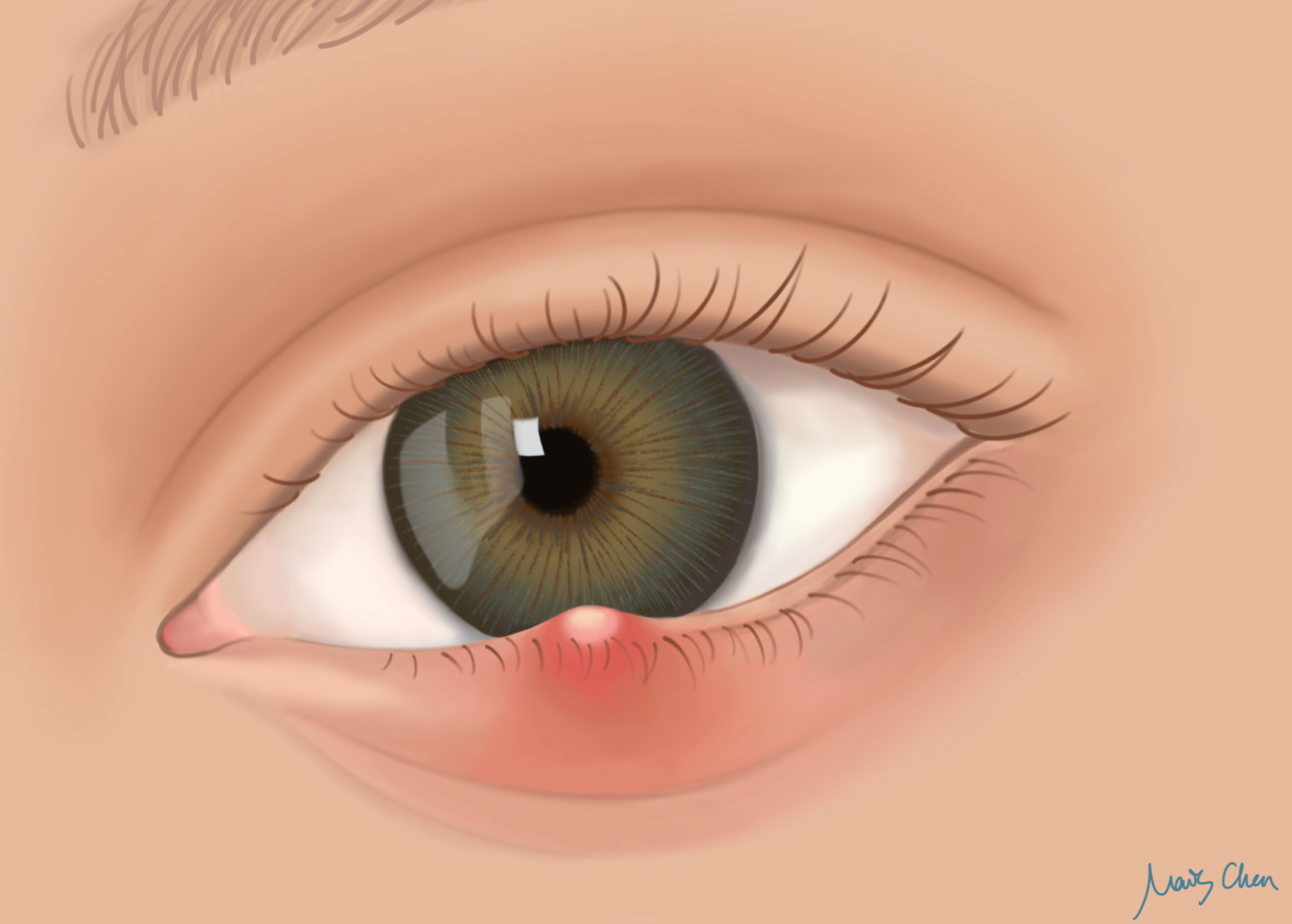
What is blepharitis?
Blepharitis is inflammation (pain, heat, and swelling) of your eyelids. It often affects both eyes, and can occur on the:
- inside of the eyelids (posterior blepharitis)
- outside of the eyelid (anterior blepharitis)
- corners of the eyelids (angular blepharitis)
Although it feels uncomfortable, it does not cause vision loss. Blepharitis can happen again, but there are things you can do to prevent it.
What are the symptoms of blepharitis?
Blepharitis can cause:
- eye dryness
- a feeling that something is in your eye
- Blurred vision that improves with blinking
- itchy or burning eyes and eyelids
- watery or frothy eye discharge
- the need to blink a lot
- sensitivity to light
- crusty, scaly, or sticky eyelashes, especially in the morning
- redness on your eyelid edges
- ulcers on your eyelid edges
What causes blepharitis?
The most common cause of blepharitis is bacteria. This can happen at the base of your eyelashes or in the glands of your eyelids.
Other causes include:
- viral or fungal infection
- allergies
- eye drop or make-up use
- blocked oil glands at the edge of the eyelids
- mite infection (demodex blepharitis)
- skin problems such as:
- dermatitis (for example eczema or psoriasis)
- dandruff
- rosacea (skin redness)
- sebaceous (oil) gland issues (seborrheic blepharitis)
When should I see my doctor?
If your symptoms do not get better after a few days of self-care, see your doctor.
If your eyes don’t improve after treatment, your doctor may take a sample. This can be used to find the bacteria. This helps your doctor find another treatment for you.
How is blepharitis diagnosed?
Your doctor can diagnose blepharitis, or they can refer you to a specialist. They will ask you about your symptoms and examine your eyes.
How is blepharitis treated?
If your doctor suspects an infection, they may prescribe an antibiotic ointment. They may also prescribe steroid eye drops to reduce swelling.
In more severe cases they may give you antibiotics tablets or antiparasitic tablets.
Make sure to look after your eye hygiene. To treat blepharitis at home, you can:
- massage your eyelid towards your nose
- clean your eyelids
- use a warm compress for 5 to 10 minutes a few times a day
To clean your eyes, use warm water, or diluted baby shampoo. Mix 1 part shampoo with 10 parts water. Dip a cloth or cotton bud in this liquid, and gently wipe along your whole eyelid. You should include the edge of your eye lids and your eyelashes. You can also ask your pharmacist or doctor about eyelid cleaners.
To apply a warm compress, dip a clean face cloth into very warm water. Squeeze the cloth until its damp and hold against your eye. Do this for over 3 minutes, a couple of times a day.
Don’t wear your contact lenses until the swelling goes down.
Can blepharitis be prevented?
Blepharitis can take weeks or months to clear up. It can recur. To stop blepharitis from coming back, keep your eyelids clean. Don’t use make-up around your eye.
Complications of blepharitis
Blepharitis can cause other conditions, such as:
- stye
- chalazion
- dry eye syndrome
- conjunctivitis
Your doctor can provide treatment for all of these conditions.
Sometimes blepharitis can lead to marks on your cornea (the clear layer over your pupil and iris). If this happens you should see your doctor straight away, as it can cause long-term problems with your vision.


